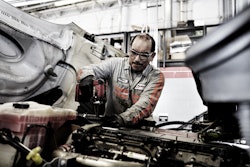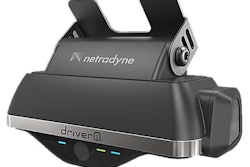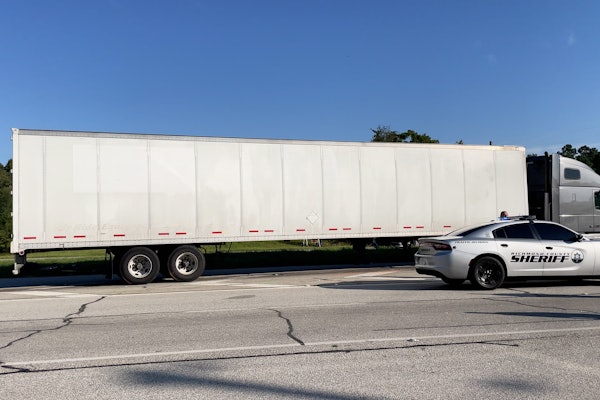Maintenance and repair cost fleets $0.171 per mile – or $6.72 an hour – according to the American Transportation Research Institute’s APRI) report, An Analysis of the Operations Costs of Trucking: 2019 Update. That’s about 9% of their total annual marginal costs of operation, which is up 2.4% from the year before.
 Joe Puff is vice president of truck technology and maintenance for NationaLease.
Joe Puff is vice president of truck technology and maintenance for NationaLease.The higher cost of diagnosing, repairing and maintaining today’s trucks with their sophisticated components was one reason ATRI listed for the increased cost of maintenance. The higher cost of labor was another, and neither of those costs are expected to decrease in the near term.
As a result, most fleets are already paying a lot of attention to their maintenance and repair costs, but many just look at aggregate numbers. They know how much they are spending fleet-wide on maintenance and repair, but may not understand what they are spending on an individual truck.
While knowing total maintenance and repair cost is helpful, it can be even more beneficial to know what maintenance and repair costs on an asset class basis, a unit basis and a component basis.
In order to do that, you need to track each and every maintenance and repair cost associated with a particular asset. I suggest capturing at least the VMRS Systems Code (or equivalent) to catalog expenses by unit and by component (brakes, lights, tires, charging and starting, etc.). Another important datapoint is the technician’s notes, or sometimes referred to the three C’s: Complaint, Cause and Correction. This provides more detailed information right from the technician.
It’s also important to know the reason a vehicle was in for service. Catalog the reason for the repair includes categories like DVIR, accident damage, road call, theft, PM, routine repair, rework, etc. The collection of these datapoints, and the various combinations of reporting, can provide a wealth of knowledge.
It is very important to track every preventive maintenance service and all repairs that took place between PM services, along with any roadside service event. You need to include service events from your internal shop and from any outsourced service providers you use.
You can then start to look at just how much money you are spending by vehicle, by component and the reason for the expense. The reports and data can be used in a variety of ways. It lets you see if you are having repeat failures of a component and the fleet’s cost in maintaining that system. Identifying the fleets pain points puts the fleet manager in a good position to decide on the next step: a root cause analysis.
This can help you make decisions about purchasing parts from a particular supplier, can inform spec’ing decisions, component parts selection, manufacturers and service partners. It also can identify areas where your technicians may need additional training, especially if there are a lot of come backs after certain repairs.
Knowing exactly what you are spending on a truck for maintenance and repair can also help you make a more informed decision about the appropriate time to trade in a truck. While you may think purchasing a new truck is too costly, without tracking the maintenance and repair costs of each individual asset you may own a truck that is costing you more than you think to keep operational. In essence, your total cost of ownership for the existing asset could actually be higher than the cost of new truck.
Joe Puff is the vice president of truck technology and maintenance for NationaLease, and has more than 35 years of experience in complex sales and fleet operations, including extensive experience in commercial vehicle maintenance. Joe is responsible for advising NationaLease members and the National Account team of new truck technology, industry trends, and maintenance best practices.











